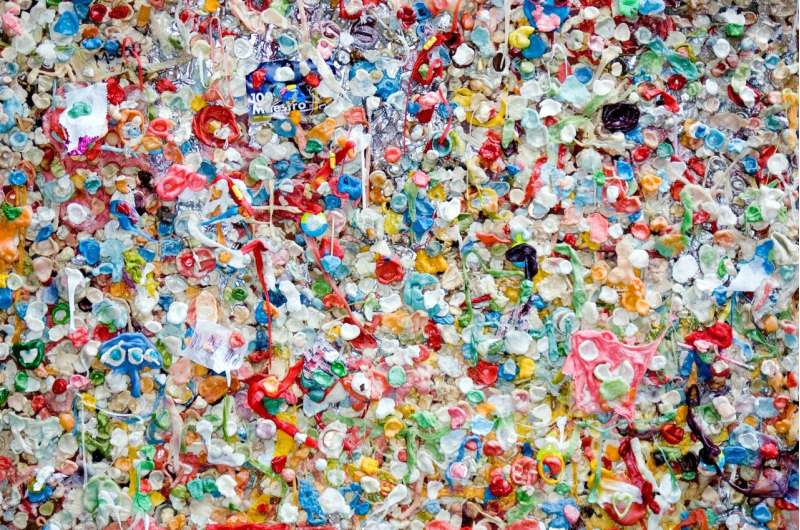How do cells react to micro- and nanoplastics?

The smaller plastic particles are, the more easily they can be taken up by cells. In addition, the shape, surface and chemical properties play an important role in answering the question of how the particles could affect human tissue. This conclusion is the result of a study by researchers at the German Federal Institute for Risk Assessment (BfR), published in the journal Microplastics and Nanoplastics.
"With this study, we want to help to close the still rather large knowledge gaps in the topic of health effects of nanoplastics," says Dr. Holger Sieg, head of the research project. "However, these are laboratory experiments with cell cultures that cannot simply be transferred to humans."
Plastic particles enter the environment from weathering and decaying polymer materials, car tires or clothing abrasion and many other sources. As a result, various types of microplastic particles can be inhaled or ingested with drinks and food.
According to current knowledge, microplastics are considered to pose a comparatively low risk to human health. They are between one micrometer and five millimeters in size and thus too "bulky" to be absorbed by human cells to any significant extent and distributed in the body. They are indigestible and are largely excreted again.
Nanoplastics can enter the cells
The situation is different with smaller particles, submicro- and nano-plastics. These particles are between one nanometer and 1000 nanometers in size. It is not yet known for sure whether and in what quantities they can enter the human body.
Holger Sieg and his team worked on submicrometer and nanoplastic particles and their effects on human small intestine and liver cells. Because these particles are so small and difficult to study, it is not easy to gain reliable insights into their effects on human tissue. The BfR team used various microscopy and testing methods to do this. The cells were exposed to various plastic types that are used in plastic tableware and cutlery or in food packaging.
Intestinal mucosa absorbs only few microparticles
It turned out that the smaller the particles, the more they were absorbed. The type of particles also played an important role. The cells of the small intestine, as a natural barrier between the intestinal contents and the organism, proved to be rather resistant. Microplastics only "seeped" into the cells to a small extent. The even smaller particles in the submicrometer range, on the other hand, could be measured in larger quantities in intestinal and liver cells. The particles either attached themselves directly to the cell membranes or were trapped in small bubbles of cell membrane, a process known as endocytosis.
It is not yet clear whether such artificial inclusions can disrupt the normal metabolism of the cell. Plastic particles could also bind potentially harmful substances to themselves and introduce them into the cell as a "Trojan horse." Possible effects of submicrometer and nanoplastics are discussed, for example inflammatory effects.
"Although we worked in the laboratory with a model system that can only represent reality in a very simplified way, our findings can help to close gaps in our knowledge about the behavior of the smallest plastic particles," summarizes BfR expert Holger Sieg. "However, it is not yet possible to say, whether the results are also valid for humans. For this, the laboratory findings must be verified in follow-up experiments."
More information: Maxi B. Paul et al, Beyond microplastics—investigation on health impacts of submicron and nanoplastic particles after oral uptake in vitro, Microplastics and Nanoplastics (2022). DOI: 10.1186/s43591-022-00036-0
Provided by BfR Federal Institute for Risk Assessment



















